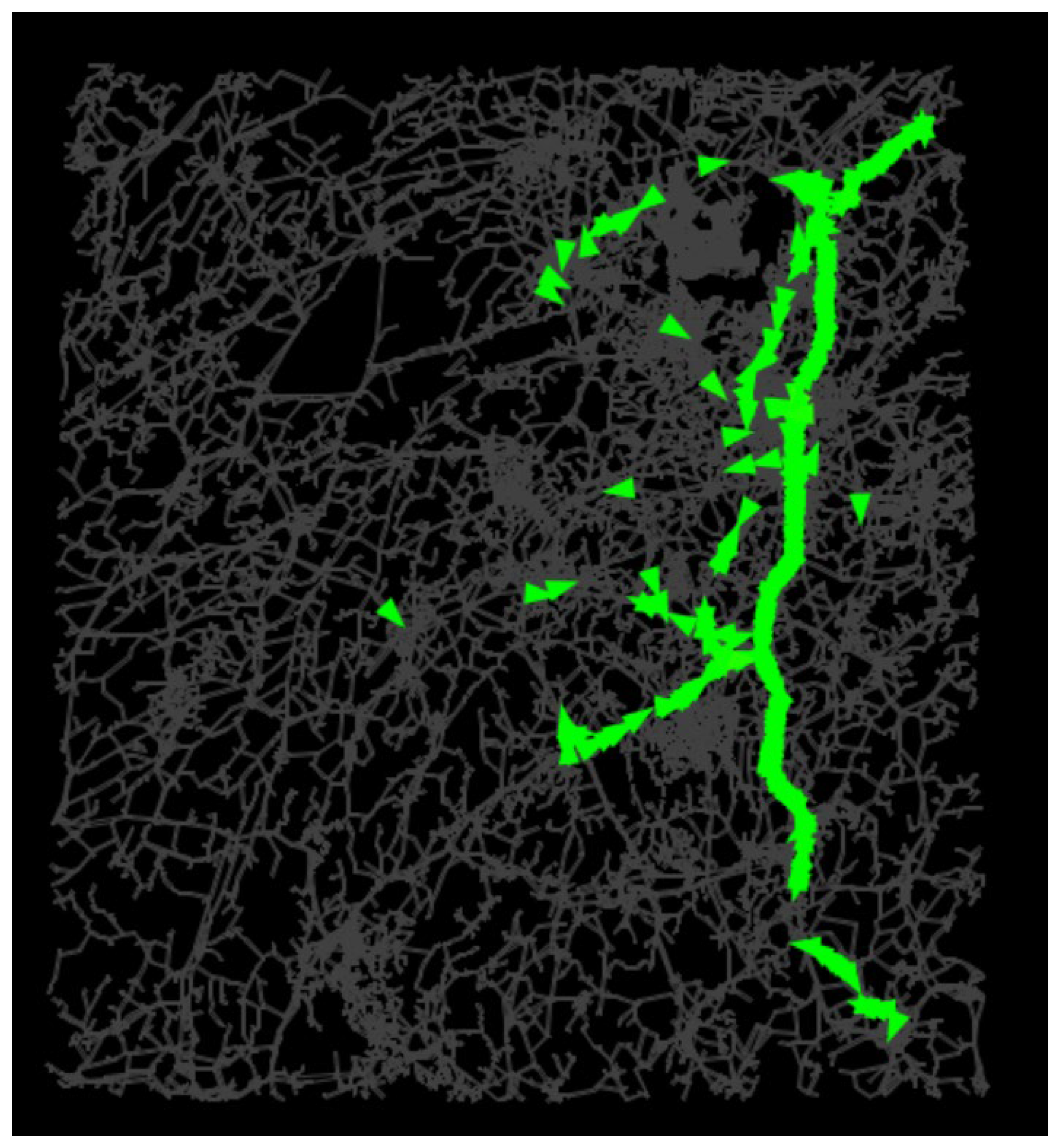

These include measurement issues of the EF construct, moderator influences on EF, and differences in the developmental trajectory of EF in ASD. Factors that may moderate research outcomes of EF in ASD are also discussed. This paper presents a discussion of EF research in ASD, an overview of EF models drawn from typical and atypical development, and their potential contribution to the study of ASD. This is in contrast to the wider range of EF models developed in response to neurotypical development ( 26– 28). The study of EF in ASD has focused primarily on investigating discrete EF constructs or domains ( 25). Overall, findings on EF in ASD suggest a broad impairment ( 22, 23) that is characterized by marked heterogeneity ( 24). These include impacts of EF on social cognition ( 16, 17), mental health ( 18), disability ( 19, 20), and lifelong functioning outcomes ( 21). Increasingly, however, research implicates a broader influence of EF on the ASD phenotype. Findings were interpreted to show a link between cognitive rigidity and the perseverance to routines and stereotypies observed in ASD ( 15). Early research focused on set shifting ( 13) and its relationship to stereotypic and repetitive behaviors ( 14). This model developed following observation of difficulties in set shifting (ability to shift mindset to new concepts), response inhibition (ability to inhibit a dominant response), and working memory (retaining and updating information in short-term memory) ( 12). One such model, the executive dysfunction hypothesis, focused on explaining the atypical executive function (EF) processes in ASD ( 10, 11). Observed behaviors in the restricted and repetitive domain may include motor stereotypies, echolalia, insistence on sameness, ritualized behaviors, narrow interests, and hyper- or hypo-reactivity to sensory stimuli ( 1).Ī number of cognitive models ( 5, 7) have been proposed to explain difficulties observed across the life span in ASD ( 8, 9). Symptoms associated with the restricted and repetitive behavior domain manifest across motor, verbal, non-verbal, and sensory modalities ( 6).

The social communication domain includes difficulties in reciprocal social interaction ( 2) deficits in non-verbal social communication ( 3, 4) and impairments in ability to develop, maintain, and understand relationships ( 5). Application of the RDoC framework could provide clarity on the nature of EF impairment in ASD with potential for greater understanding of, and improved interventions for, this disorder.Īutism spectrum disorder (ASD) is a neurodevelopmental condition defined by difficulties in social communication and interaction, as well as restricted, repetitive patterns of behavior, interests, or activities ( 1).

Enhanced understanding of the neurobiological basis that underpins EF performance, such as the excitation/inhibition hypothesis, will likely be important. We propose, however, that this variability in EF performance presents an opportunity for subtyping within the spectrum that can contribute to targeted diagnostic and intervention strategies. The observed heterogeneity of EF performance is considered a limiting factor in establishing EF as a cognitive endophenotype in ASD. Empirical studies suggest a broad impairment in EF, although there is significant inter-individual variability in EF performance. A number of executive-focused cognitive models have been proposed to explain the symptom clusters observed in ASD. The potential of EF as a cognitive endophenotype for ASD is reviewed, and the Research Domain Criteria (RDoC) framework is discussed for researching EF in ASD given the multifaceted factors that influence EF performance. The development of the EF construct, theoretical models of EF, and limitations in the study of EF are outlined. This review presents an outline of executive function (EF) and its application to autism spectrum disorder (ASD). Autism Clinic for Translational Research, Brain and Mind Centre, Faculty of Medicine and Health, Children’s Hospital Westmead Clinical School, University of Sydney, Sydney, NSW, Australia.


 0 kommentar(er)
0 kommentar(er)
